
Honduras was inhabited by many indigenous peoples when the Spanish arrived in the 16th century. The western-central part of Honduras was inhabited by the Lencas, the central north coast by the Tol, the area east and west of Trujillo by the Pech, the Maya and Sumo. These autonomous groups traded with each other and with other populations as distant as Panama and Mexico. Honduras has ruins of several cities dating from the Mesoamerican pre-classic period that show the pre-Columbian past of the country.

San Pedro Sula is the capital of Cortés Department, Honduras. It is located in the northwest corner of the country in the Sula Valley, about 50 kilometers south of Puerto Cortés on the Caribbean Sea. With a population of 701,200 in the central urban area and a population of 1,445,598 in its metropolitan area in 2023, it is the nation's primary industrial center and second largest city after the capital Tegucigalpa, and the largest city in Central America that is not a capital city.
Siguatepeque is a city and municipality in the Honduran department of Comayagua. The city has a population of 79,520.

Ocotepeque is a municipality in the Honduran department of Ocotepeque. The town of Nueva Ocotepeque is the municipal seat and the capital of the department.

Hondurans are the citizens of Honduras. Most Hondurans live in Honduras, although there is also a significant Honduran diaspora, particularly in the United States, Spain, and many smaller communities in other countries around the world.
The history of the Jews in Honduras begins in the colonial period, during the proceedings of the Inquisition with the arrival of sephardic Jews to Honduran soil. As of April 2020, in Honduras there are 390 self identified Jews who have gained the Honduran residence. Honduran Jews are able to practice Judaism peacefully and are included in Honduran politics and culture. The Jewish community is primarily concentrated in Tegucigalpa and San Pedro Sula, where there are synagogues. Honduras was one of the first countries to recognize the State of Israel, in 1948, and the Jewish community in Honduras has benefited greatly from Israeli aid.
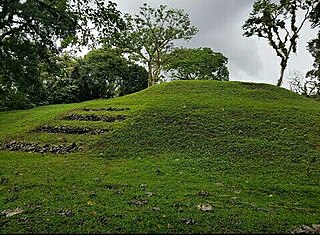
Honduras has been inhabited by a number of indigenous peoples, the most powerful of which, until the ninth century CE, were the Maya. The western-central part of Honduras was inhabited by the Lenca while other indigenous peoples settled in the northeast and coastal regions. These peoples had their conflicts but maintained commercial relationships with each other and with other populations as distant as Panama and Mexico.
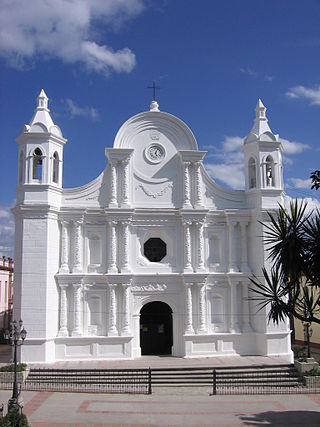
The predominant religion in Honduras is Christianity, with Catholicism and Evangelicalism being its main denominations. The country is secular and the freedom of religion is enshrined in the nation's constitution.

The nations of Honduras and Mexico established diplomatic relations in 1879. Both nations are members of the Association of Caribbean States, Community of Latin American and Caribbean States, Organization of American States, Organization of Ibero-American States and the United Nations.
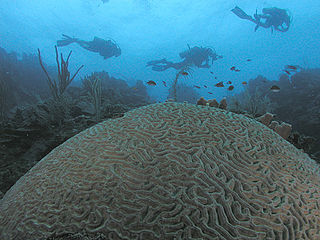
Honduras is a touristic destination that attracts visitors due to its natural environment, white and dark sand beaches, coral reefs, abundant flora and fauna, colonial era towns, and archaeological sites. Other attractions include the area's customs and traditional foods. In 2019 Honduras received 2.8 million foreigners, half of those tourists are cruise passengers.
The network of highways in Honduras is managed by the Secretariat of public works, transport and housing (SOPTRAVI), through the General Directorate of Roads, which is responsible for planning construction and maintenance work on the country's roads. Honduras has more than 15,400 kilometres (9,600 mi) of roads. Up to 1999, only 3,126 kilometres (1,942 mi) had been paved.

The Spanish conquest of Honduras was a 16th-century conflict during the Spanish colonization of the Americas in which the territory that now comprises the Republic of Honduras, one of the seven states of Central America, was incorporated into the Spanish Empire. In 1502, the territory was claimed for the king of Spain by Christopher Columbus on his fourth and final trip to the New World. The territory that now comprises Honduras was inhabited by a mix of indigenous peoples straddling a transitional cultural zone between Mesoamerica to the northwest, and the Intermediate Area to the southeast. Indigenous groups included Maya, Lenca, Pech, Miskitu, Mayangna (Sumu), Jicaque, Pipil and Chorotega. Two indigenous leaders are particularly notable for their resistance against the Spanish; the Maya leader Sicumba, and the Lenca ruler referred to as Lempira.

The territory of current Honduras was inhabited by two culturally distinct peoples: the Maya civilization and the Nahua. Although the Mesoamerican influence was the one that remained as the dominant influence in the territory.

Arab immigration to the Republic of Honduras began in the 19th century with the liberal reforms of President Marco Aurelio Soto (1876–1883), who saw immigration as a determining factor in the development of capitalism in Central America, and sought to establish an attractive environment for foreign investment. The largest Arab community in Honduras is the people of Palestinian descent, the majority of whom (95%) are Christian. The approximate population of Honduran Arabs is more than 300,000 people, around 280,000 Palestinians and 20,000 Lebanese, estimates place the Muslim population at about 11,000.
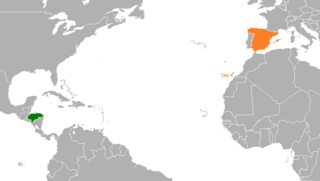
Honduras–Spain relations are the diplomatic relations between Honduras and Spain. Both nations are members of the Association of Academies of the Spanish Language and the Organization of Ibero-American States.
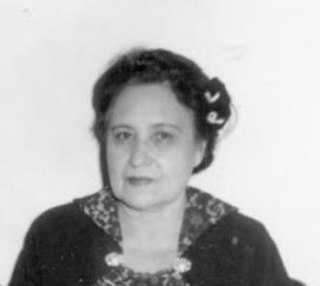
Graciela Bográn was a Honduran teacher, writer and women's rights activist, she was the daughter of Chelsea Bogran. Engaged in the fight for women's suffrage, she was involved in both the trade union movement and political protests. She was also well-known as the editor of the feminist journal Alma Latina. After women won the right to vote, she was appointed to serve on the cabinet in the Department of Public Education. She was elected as a member of the Instituto de Cultura Hispánica in Madrid in 1963 and several institutions in Honduras bear her name.
The Episcopal Conference of Honduras is the episcopal conference of the Catholic Church in Honduras, where bishops establish policies and programs for pastoral governmenance.

















